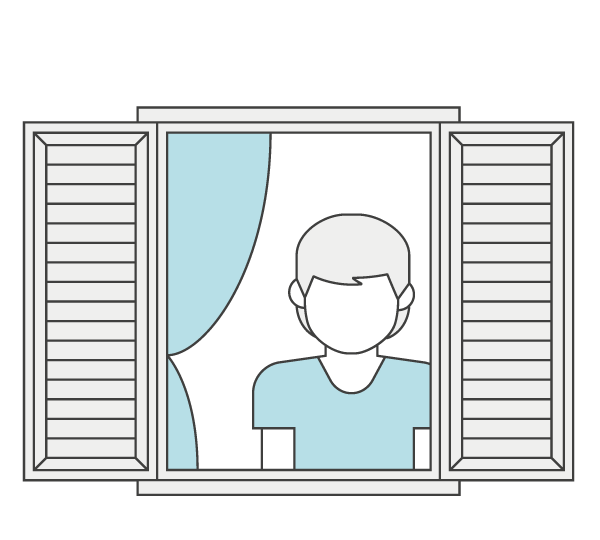
Socially isolated people
This group includes all those people who, for any reason, live an objective situation of absence of social relations and contact with others. Social isolation can lead to loneliness and vice versa. They are different but related concepts and they may occur at the same time.
Loneliness is an important influence on quality of life. It concerns the discrepancy between the social relations a person has and those he or she would like to have. This discrepancy may tell of the number of relationships or the intimacy of the relationships. According to the literature, loneliness consists of two main dimensions, social and emotional. In the INDIMO project, the focus in on social loneliness, a concept that can vary across different life stages, social groups, cultures and historical periods. It refers to the absence of an acceptable social network, that is, a wider circle of friends and acquaintances that can provide a sense of belonging, of companionship and of being a member of a community.
With a limited access to mobility services – because of socio-economical, cultural, or physical reasons – a social participation is hardly possible. In the context of the INDIMO project the specific needs of people belonging to this group will be addressed and digital mobility and delivery services solutions to mitigate isolation will be identified.
References:
| https://www.ageuk.org.uk/our-impact/policy-research/loneliness-research-and-resources/loneliness-isolation-understanding-the-difference-why-it-matters/ |
| Cacioppo, S., Grippo, A. J., London, S., Goossens, L. y Cacioppo, J. T. (2015). Loneliness: Clinical import and interventions. Perspectives on Psychological Science, 10, 238-249. doi: https://www.researchgate.net/deref/http%3A%2F%2Fdx.doi.org%2F10.1177%2F1745691615570616 |
| Dahlberg, L., & McKee, K. J. (2014). Correlates of social and emotional loneliness in older people: evidence from an English community study. Aging & mental health, 18(4), 504–514. https://doi.org/10.1080/13607863.2013.856863 |
